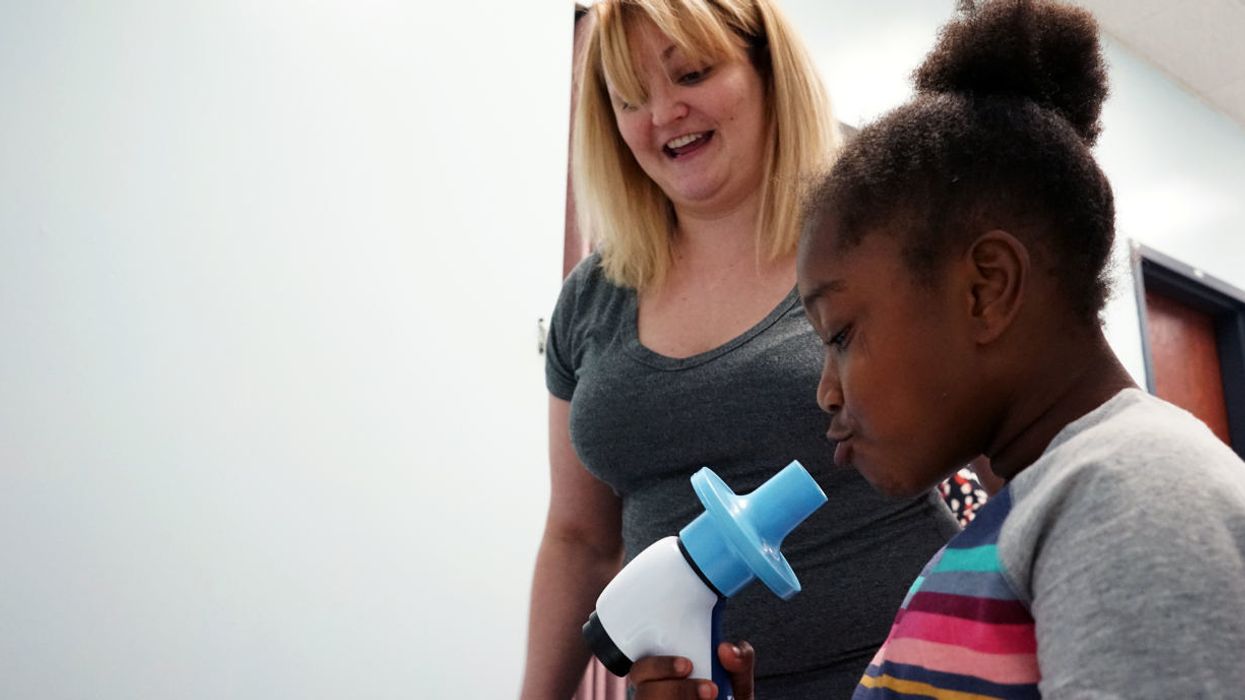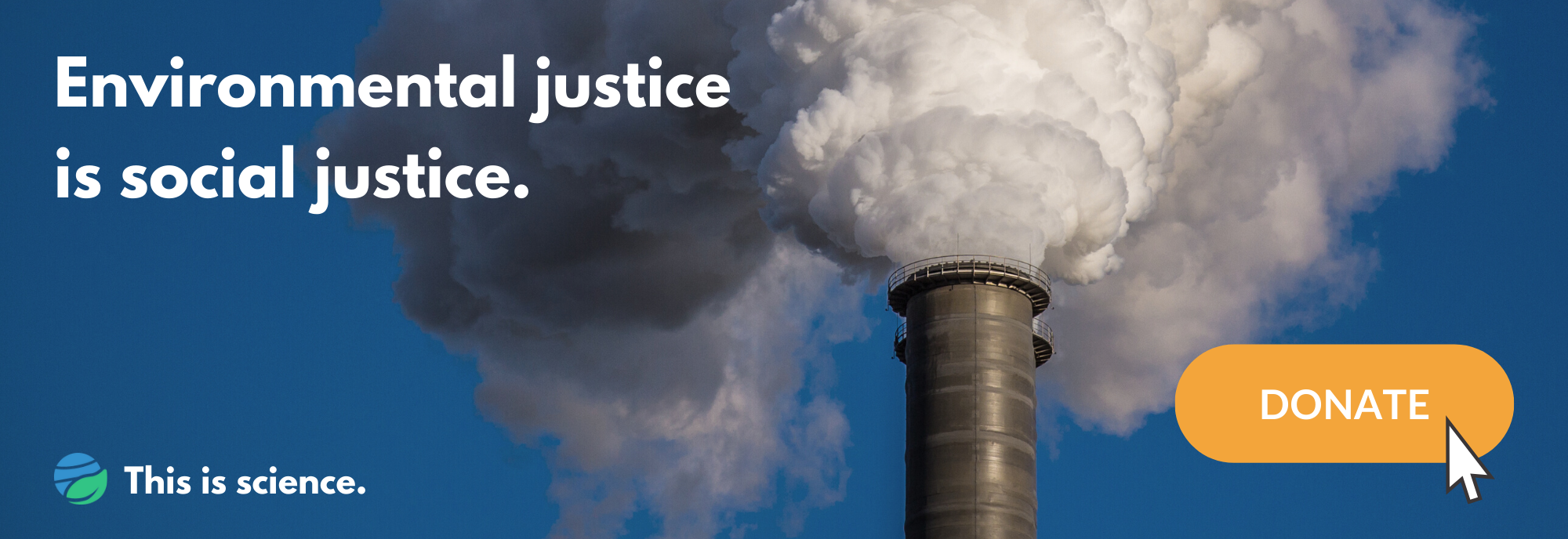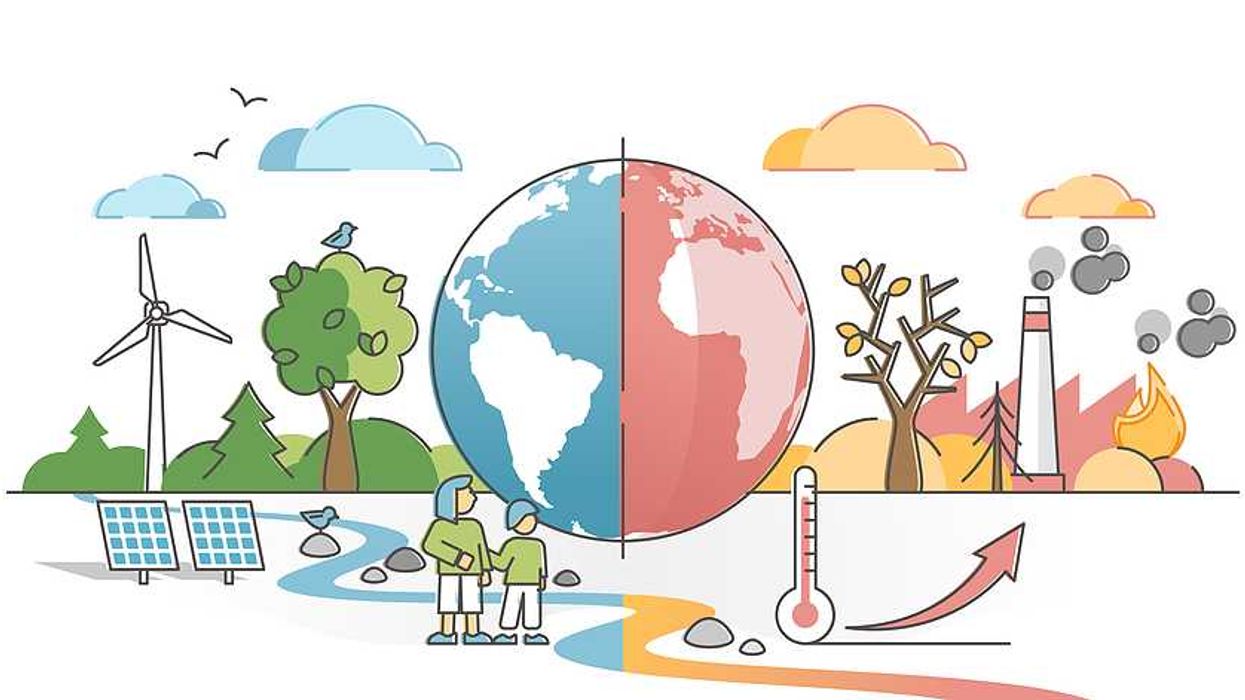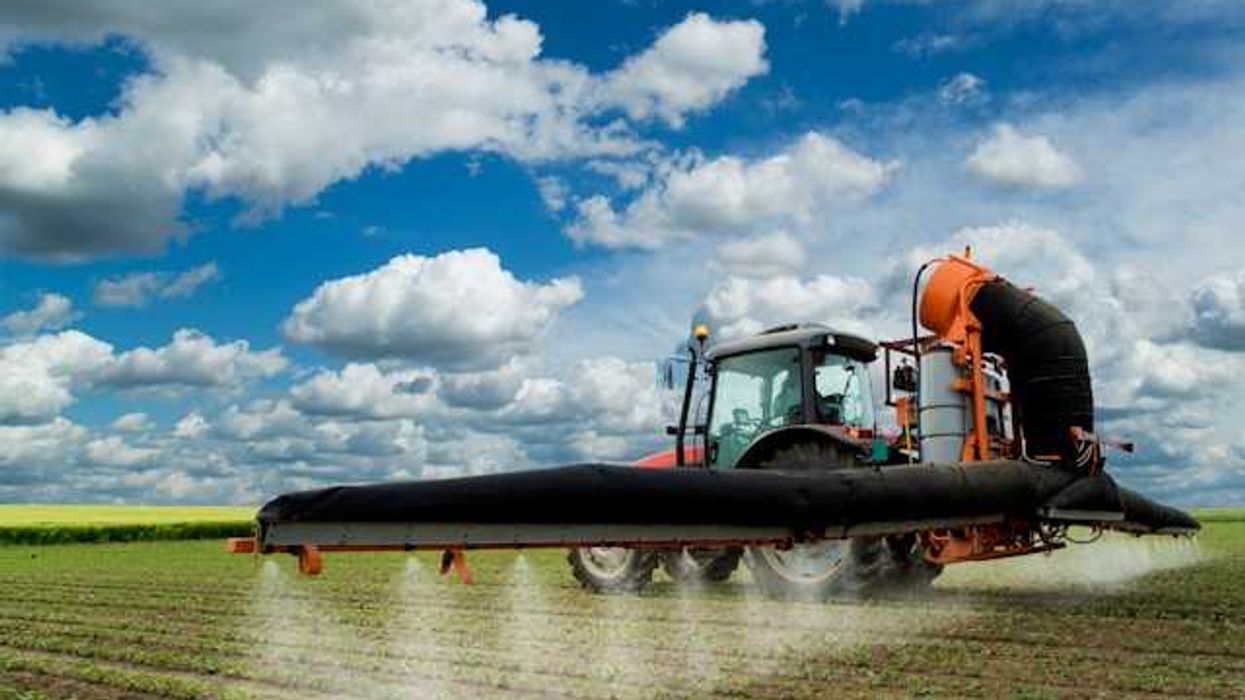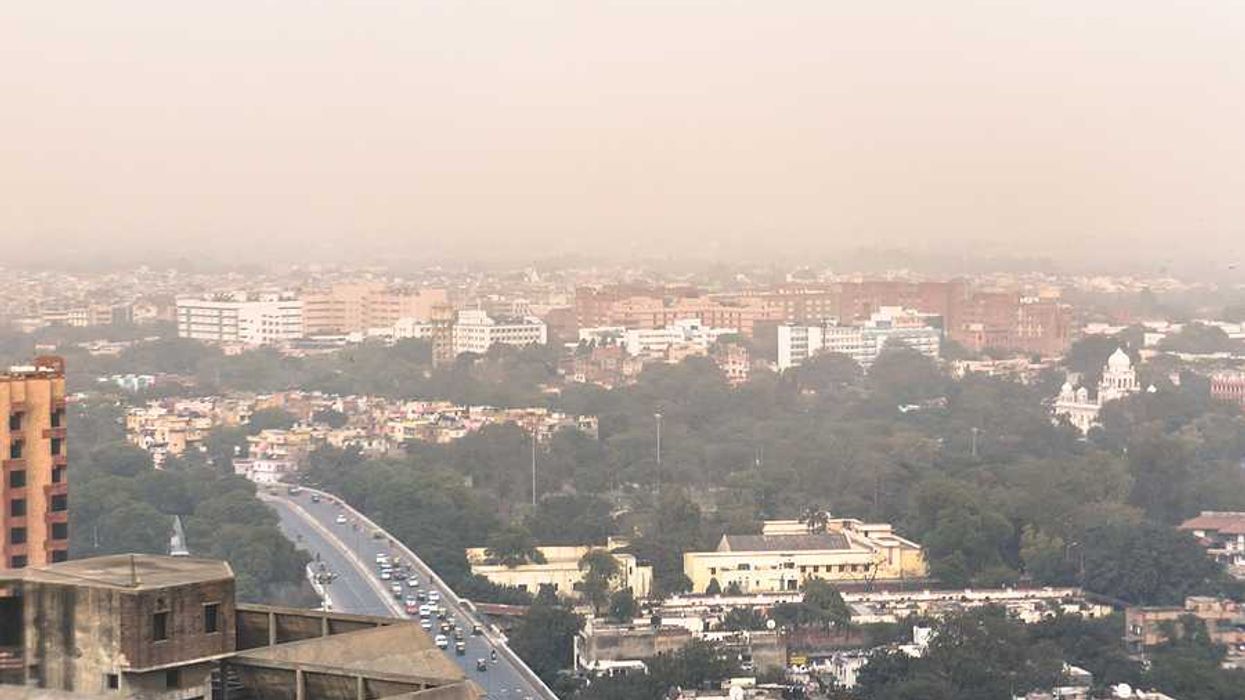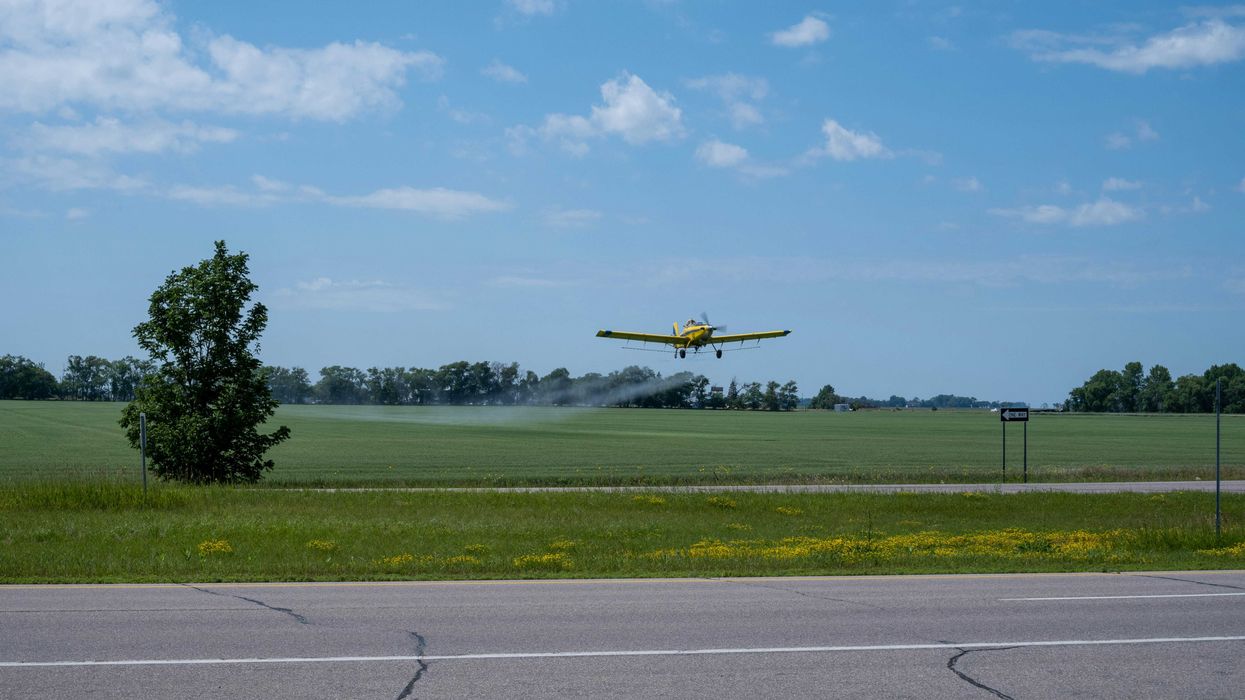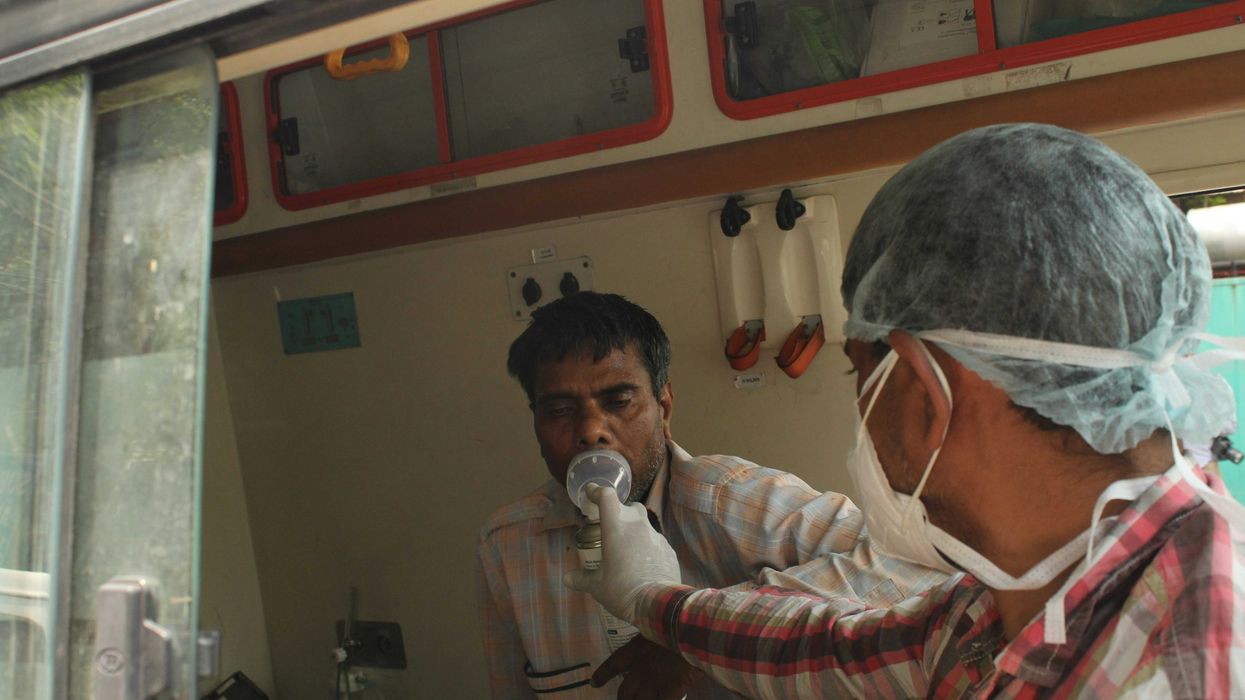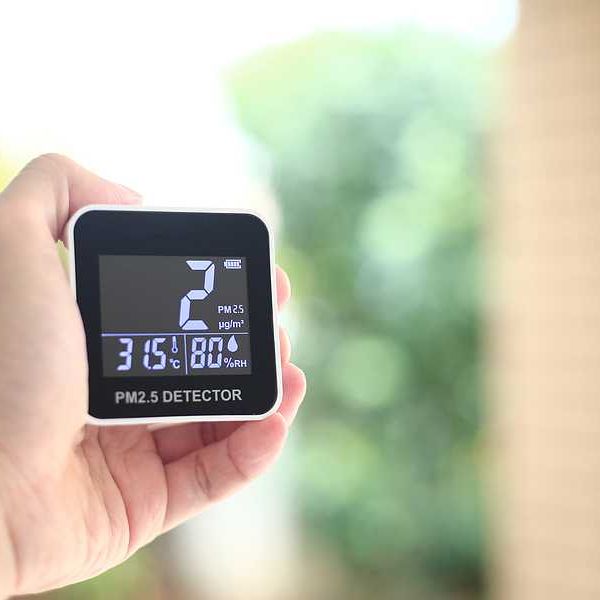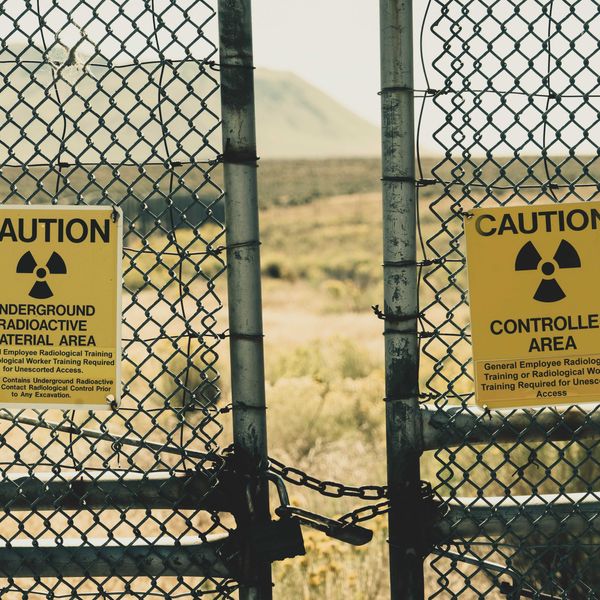Exposure to air pollution from sources like traffic and heavy industry during pregnancy has been linked to reduced lung function in children in a new study.
Exposure to air pollution from sources like traffic and heavy industry during pregnancy has been linked to reduced lung function in children in a new study.
The study, published this week in Environmental Epidemiology, looked at 198 pairs of mothers and their children in Boston and estimated the amount of air pollution the mothers were exposed to during pregnancy, then measured the childrens’ lung function when they were around six years old.
While most previous studies on the effects of exposure to air pollution have focused on one pollutant at a time, this study is unique because it considered the effects of a mixture of pollutants.
“In real life we’re not just breathing in one pollutant at a time,” Dr. Rosalind Wright, a professor of pediatrics at Mount Sinai Kravis Children's Hospital and one of the study’s coauthors, told EHN. “Different pollutants impact our lung growth or immune system development in different ways, and they may magnify or multiply the risk depending how much of each is in the air and how they interact.”
The study found that exposure to higher levels of air pollution during pregnancy was linked to lower lung function when kids reached age six. Children with reduced lung function are more likely to develop respiratory problems like asthma or COPD in adulthood.
“The lungs start growing in utero and your lung function by six or seven years old tracks for the rest of your life,” said Dr. Wright. “We’re generally not talking to pregnant women about how to minimize and mitigate their exposure to air pollution, but we should be.”
The study used satellite data to estimate the moms’ exposure to seven pollutants throughout their pregnancy — nitrogen dioxide, ozone, elemental carbon, organic carbon, nitrate, sulfate, and ammonium. When the kids were around six years old, their lung function was assessed by researchers through spirometry, the standard test for measuring lung function, which involves inhaling deeply then blowing air out as forcefully and quickly as possible into a mouthpiece connected to a spirometry machine.
Related: How air, water and climate pollution shape our mental health
The researchers found that among the pollutants they looked at, prenatal exposure to organic carbon, ozone, and ammonium pollution was most strongly associated with reduced lung function in early childhood. Organic carbon pollution comes from sources like traffic and wood burning. Ozone pollution comes from sources like industrial sites and traffic, and ammonium pollution comes primarily from agriculture and industrial manufacturing.
“This was a very well-designed study that can help us think about what specific areas we need to target our policy interventions toward to have the maximum benefits for childhood lung function and other disease outcomes,” Dr. Gillian Goobie, a clinical assistant professor in the division of respiratory medicine at the University of British Columbia - Vancouver, who was not involved in the study, told EHN. “These methods could also be applied to look at the impacts of exposure to pollutant mixtures over time on other health outcomes, like lung or cardiovascular disease in adults.”
Dr. Wright emphasized that the pollutants driving reduced lung function in the kids in her study in Boston might not be the same ones driving health effects elsewhere, so she hopes these methods will be used for similar investigations across the US.
“You could look at the same seven pollutant constituents in Vermont, for example, and you might come up with a different weighting for which pollutants were driving harmful effects,” Dr. Wright said. “The proportions of various pollutants in a mixture and the company they keep makes a difference.”
The findings build on previous studies that have indicated that prenatal exposure to PM2.5 (miniscule air pollution particles smaller than 2.5 micrometers in diameter) can lead to reduced lung function in children. PM2.5 focuses on the size of air pollution particles without regard to their chemical makeup, but research increasingly suggests that understanding the chemical makeup of air pollution particles is important to understanding their health effects. For example, Dr. Goobie led a recent study that indicated that PM2.5 from human-made sources are more harmful to lung health than similarly-sized particles from natural sources like dust.
“This study provides further evidence that the makeup of PM2.5 is relevant and the sources emitting these particles are relevant,” Dr. Goobie said.
Dr. Wright’s study was small so further research is needed to confirm its findings, but it provides an important new set of tools for measuring the harms of mixtures of air pollutants and finding ways to reduce those harms.
“I hope we’ll see these methods used to conduct similar studies across the U.S.,” Dr. Wright said. “Once we understand which pollutants are driving negative health outcomes where we live, it will be easier to identify the sources of those pollutants and figure out what to do about it.”
- Kids in Clairton are experiencing decreased lung function following the Clairton Coke Works fire ›
- PFAS and phthalate chemical exposure early in life may hamper kids’ lungs ›
- What is environmental health? ›
- 60% of Pittsburgh kids with asthma don’t have their disease under control ›
- How climate change harms pregnant people and their babies - EHN ›

